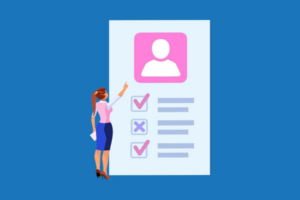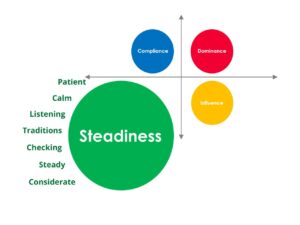According to Gallup’s State of the Global Workplace report, 85% of employees are not engaged at work. So, what if there was a way to increase employee engagement and increase overall productivity? Everyone’s heard about DISC profile assessments, but many do not realise what a valuable resource they can be when it comes to engaging a workforce. Behavioural assessments, such as the Extended DISC® personal analysis, provide excellent insights to help better understand and connect more effectively with their workforce, raising engagement and productivity. A company that invests in its employees should expect to get a return on investment through their employees’ productivity. This is where workplace assessments come in handy.
What is Employee Productivity?
The classic definition of productivity in economic terms is the measurement of output that comes from units of input. In the workplace, this might convert to how much we can achieve in our 8 hour day, how many goals or targets can we successfully hit? For those of us who pursue increased productivity, we aim to get more done in less amount of time. We want to stay organised and focused on handling the flood of information. There are many tools we can utilise to achieve all those goals, including behaviours that help us manage all of the demands to keep getting stuff done!
Why is Productivity Important in the Workplace?
Employees are invaluable assets of a company. Productivity levels can affect company revenue, moral, employee motivation and customer service. A company that invests in its employees should expect to get a return on investment through their employees’ productivity.
When employees are highly productive, the company’s revenue can increase, which results in the company growing and bringing in more business. When employees have high levels of productivity, the company achieves its goals of investing in them.
Employee productivity can also help motivate teams and boost morale, leading to a better company environment. A highly productive employee can help motivate other individuals to achieve their goals and increase overall confidence. Highly productive businesses have happy and dedicated employees that form the basis of the successful organisation.
Productive employees have enormous benefits for customer service. A highly productive customer service team provides speedier and high-quality customer interactions compared to unproductive individuals. Excellent customer service can increase brand and customer loyalty, which can also bring in further business and revenue for a company. A loyal customer is more likely to share their experience with others, which is a marketing advantage resulting from high levels of productivity.
Value of Using a DISC Assessment
Using an Extended DISC® assessment can help uncover valuable insights about an individual. DISC describes why and how people behave the way they do. DISC identifies four unique behavioural styles, though most people are a mix of 2-3 of these styles.
Behavioural styles are easy to identify. Having the ability to recognise an employee’s particular style can help equip a leader or manager to effectively engage and motivate their workforce, leading to higher levels of productivity.
How to Increase Productivity of the DISC Styles
D Style
Do: Remember to occasionally slow down to avoid mistakes, consider others to keep them motivated and driven, set performance levels you are satisfied with to avoid burnout
Don’t: Make snap decisions, loose focus by doing too many things at one time, forget “unimportant,” small details.
I Style
Do: Start activities and tasks immediately – try not to procrastinate, focus on one thing at a time, review your schedule and plans – are they too realistic or too optimistic?
Don’t: Forget to follow through, shift focus to next exciting project too soon, become distracted by socialising
S Style
Do: Try to increase the speed of work, start activities and tasks now – no hesitation, learn to re-prioritise as plans and situations change
Don’t: Confuse ‘doing work’ with results, forget to delegate and share the workload, try to please everyone
C Style
Do: Prioritise tasks to identify tasks that do not need immediate attention, be proactive – don’t wait for others to act, focus on doing the right things – not doing things right.
Don’t: Aim for perfection every time, sometimes good is enough, loose the big picture, forget to include others.




